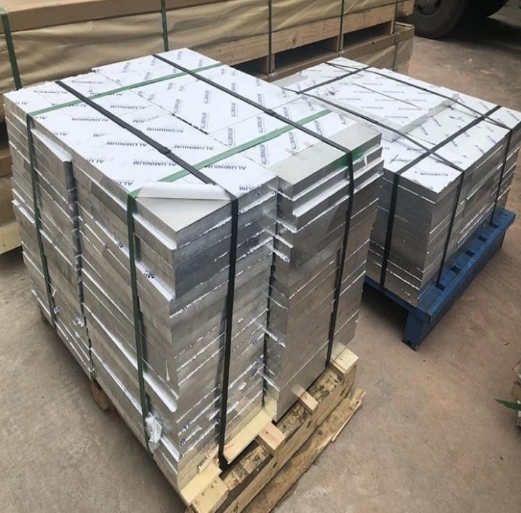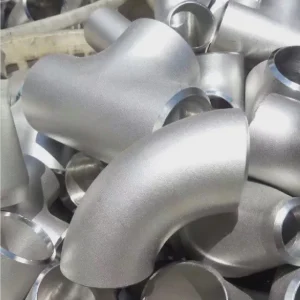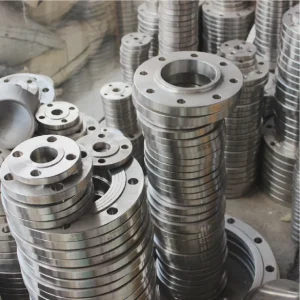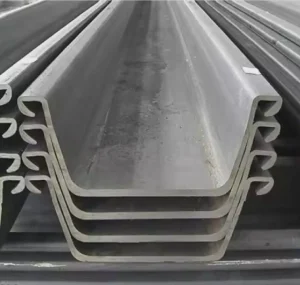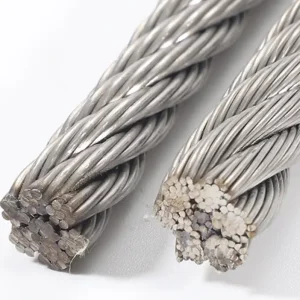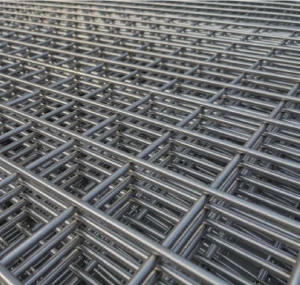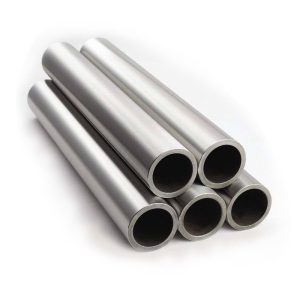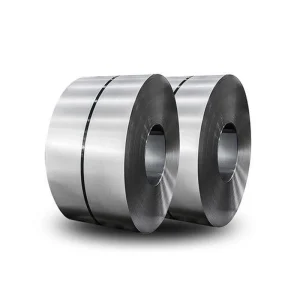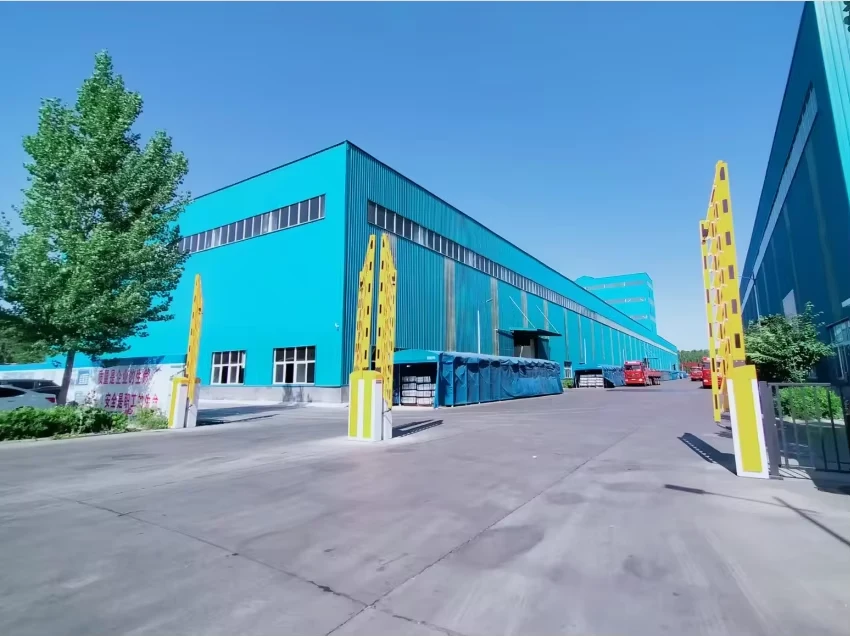What Are the Key Properties of 1050 Aluminum Plate?
1050 aluminum plate is the unsung hero in industries from food packaging to electrical enclosures. But why does this "pure" alloy outperform pricier alternatives in specific applications? Let’s break down its unique blend of conductivity, formability, and cost efficiency—plus critical mistakes to dodge.
Why 1050 Aluminum Plate Dominates Thermal Applications
Problem: Copper heatsinks cost 3x more than aluminum but only improve thermal transfer by 15% (ASM International, 2023).
Solution: 1050 aluminum plate offers 229 W/m·K conductivity at 60% lower cost, ideal for LED housings and transformer cores.
Case: Siemens cut HVAC component costs by 22% by switching from 3003 to 1050 alloy for heat exchangers.
⚠ Warning: Avoid annealing 1050 plates above 345°C—grain growth reduces tensile strength by 30%.
1050 vs. 3003 Aluminum Plate: The Trade-Offs
| Property | 1050 Aluminum Plate (Project A) | 3003 Aluminum Plate (Project B) |
|---|---|---|
| Aluminum Purity | 99.5% | 98.5% (+1.2% Mn) |
| Tensile Strength | 75 MPa | 145 MPa |
| Formability (Erichsen) | 8.5 mm | 6.0 mm |
| Cost per Ton (2024) | $2,100 | $2,800 |
| Corrosion Resistance | Moderate (needs coating) | High (Mn boosts resistance) |
3 Must-Understand Properties of 1050 Aluminum
1. Softness = Double-Edged Sword
While 1050’s low hardness (25 HB) allows easy stamping, it dents 3x faster than 5052 alloy. I once saw a food tray line halted due to conveyor belt dings.
2. Electrical Conductivity King
With 61% IACS rating, 1050 aluminum plate outshines 6061 (43%) for busbars and capacitor casings.
3. Recyclability Matters
1050’s 99%+ scrap recovery rate slashes carbon footprint versus composite materials.
5-Step Guide to Fabricating 1050 Aluminum Plate
- Cutting: Use carbide-tipped shears—lasers melt edges, requiring costly re-machining.
- Bending: Opt for 4x thickness radius to prevent cracking (e.g., 2mm plate needs 8mm die).
- Annealing: Heat to 345°C for 2 hours if work-hardened; quench in air for uniform grain.
- Joining: MIG weld with 4043 filler wire—5356 causes hot cracking in pure aluminum.
- Finishing: Electropolish for food-grade surfaces or apply chromate conversion coating.
⚠ Warning: Never cold-form 1050 beyond 15% reduction—it work-hardens and cracks.
3 Costly Mistakes Designers Make
- Ignoring Fatigue Limits: Cyclic loading at 50+ MPa stress caused 1050 shelf brackets to fail in 8 months.
- Wrong Coating Pairings: Powder-coating 1050 without zinc phosphate pretreatment led to peeling in humid warehouses.
- Overestimating Corrosion Resistance: Uncoated 1050 trays corroded in 6 months at a seafood plant (NACE Case Study #4412).
The Future of 1050 Aluminum Plate Tech
By 2027, nano-ceramic coatings will boost 1050 aluminum plate wear resistance by 400% without sacrificing formability (Fraunhofer Institute, 2023).
Buyer’s Checklist for 1050 Aluminum Plate
✅ Confirm alloy certification (EN 573-1 or ASTM B209)
✅ Test hardness (20–30 HB) via Brinell indenter
✅ Verify flatness tolerance (≤1.5 mm/m)
✅ Review mill test reports for Fe/Si ratios (0.4% max)
✅ Check for FCC-compliant recyclability documentation


